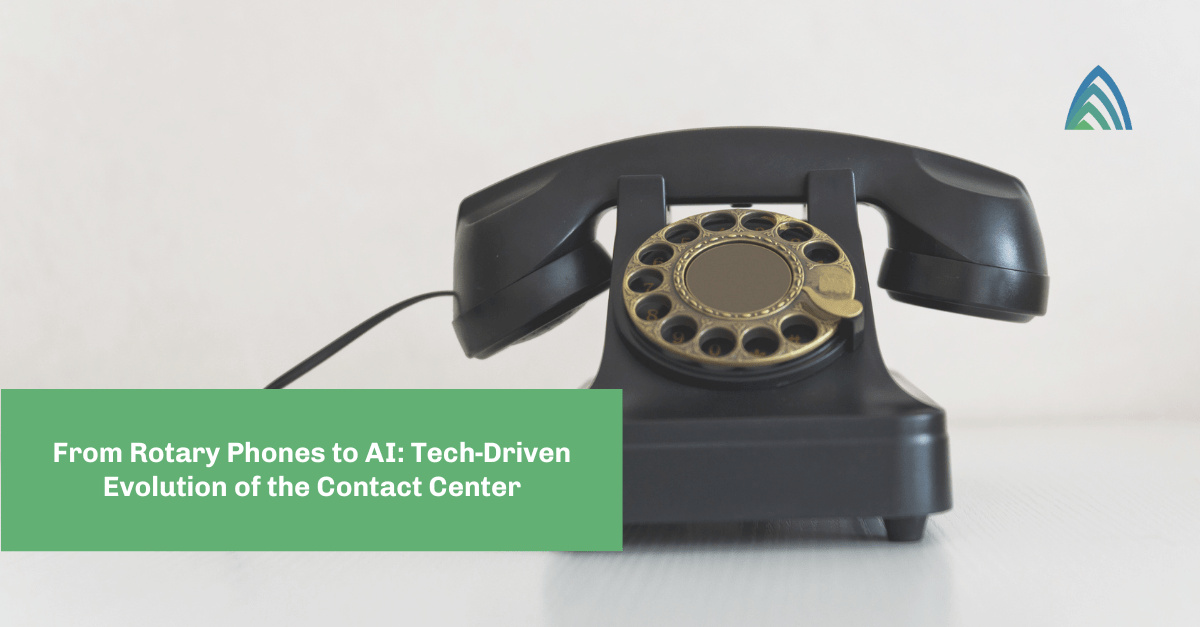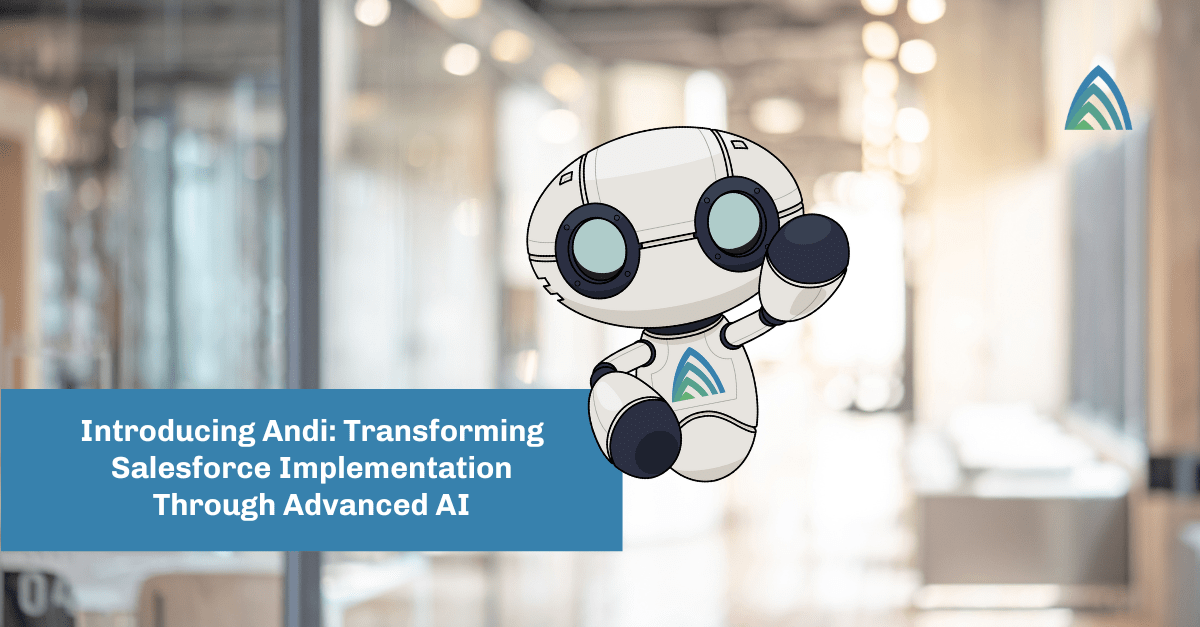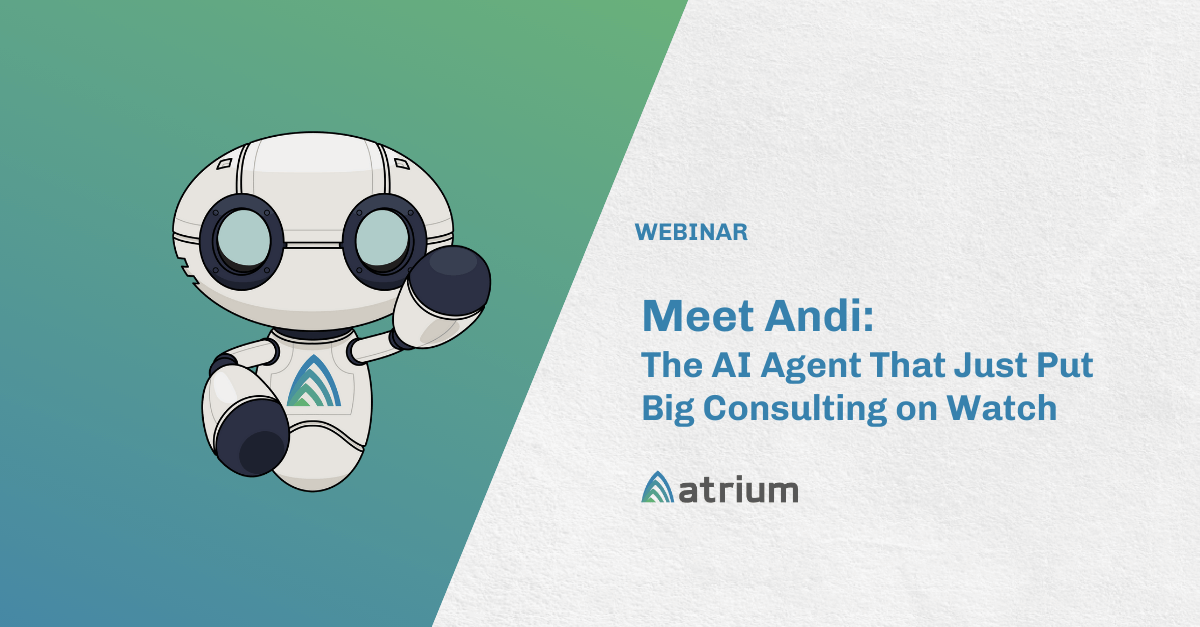As machine learning (ML) technology advances at lightning speed, machine learning operations (MLOps) have become more important than ever. Just as DevOps revolutionized software development and delivery, MLOps is transforming the way organizations develop, deploy, and manage machine learning models.
When it comes to Salesforce, integrating MLOps can significantly enhance the effectiveness of ML models and ensure they deliver sustained business value.
What is MLOps?
MLOps is a set of practices that combines machine learning, DevOps, and data engineering to reliably and efficiently deploy and maintain ML models in production.
Any solution that applies machine-learning models to business processes or decision-making requires some level of MLOps. The goal is to automate and streamline the ML lifecycle, from data preparation to model deployment and monitoring, ensuring models remain accurate and relevant over time.
Incorporating MLOps into business processes is crucial for several reasons, including its impact on scalability, reproducibility, automation, and monitoring and maintenance of ML models.
Salesforce machine learning technologies
Salesforce offers a range of technologies that make it easier for organizations to leverage AI and machine learning across their operations. The scope of Salesforce applications and technology is very broad, ranging from embedded, out-of-the-box ML-based solutions (e.g., Product Recommendations in Commerce Cloud or Marketing Cloud’s Send Time Optimization) to fully custom ML solutions implemented in Einstein Discovery.
A few examples of Salesforce machine learning solutions include:
- Model training and deployment. Einstein Discovery and/or Einstein Platform to train, deploy, and manage models.
- Analytics. Tableau to capture, analyze, and monitor model performance and track business KPIs and outcomes.
- Automation. Salesforce process automation tools include Process Builder, Flow, Validation Rules, Next Best Action, Approval Processes, etc., to blend model outputs with business rules and embed into users’ workflows.
- Asset lifecycle management. Tools, including changesets and packaging, allow controlled migration of models and related metadata from pre-production environments to production and integration with source control.
Key considerations for successful MLOps implementation
For organizations using Salesforce, implementing MLOps requires careful planning and execution. Here are a few key things to consider:
- Think ahead to production deployment. Start with the end in mind. Consider how the model will be deployed and maintained in a production environment from the outset to avoid issues later on.
- Close the loop. Invest in tracking the performance of your models and their impact on business processes. Salesforce’s native integration capabilities make it easier to measure and act on this data.
- Select tightly integrated technologies. Using integrated tools within the Salesforce ecosystem reduces the need for custom code and complex data integrations, streamlining the MLOps process.
- Budget your resources. Ensure you have the necessary resources and budget to support your ML models post-deployment, including ongoing monitoring and maintenance.
- Prioritize trust and governance. Document your model design and ensure you have a governance strategy in place to manage the use and evolution of your models. This includes addressing potential biases and ensuring models are used ethically and effectively.
Need help? Ask the Salesforce machine learning experts at Atrium
Embracing MLOps in Salesforce is not just about technology; it’s about enabling your team with scalable processes and a focus on continuous improvement. By understanding and implementing MLOps best practices, you can maximize the value of your ML models and technologies to drive better business outcomes and grow your business.
New to machine learning? Download our Machine Learning Operations Starter Guide to learn more.









